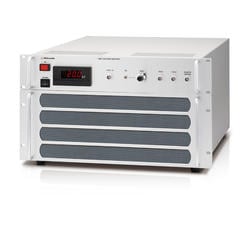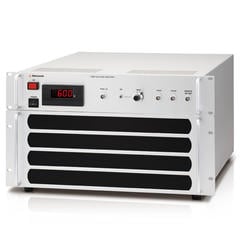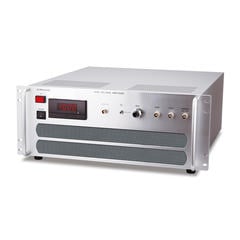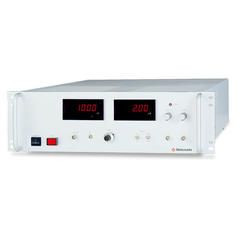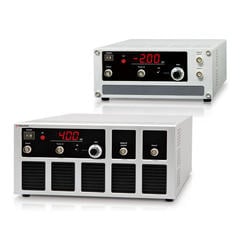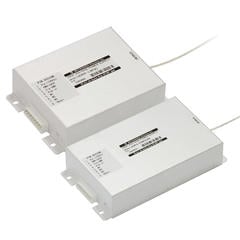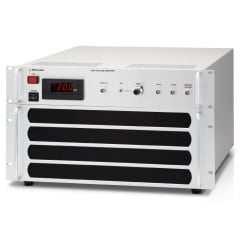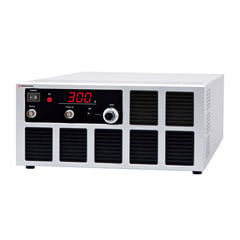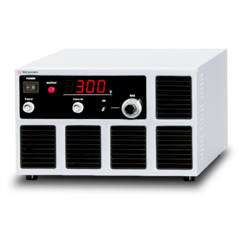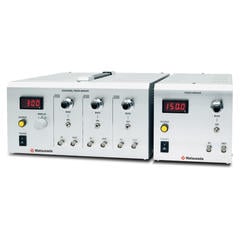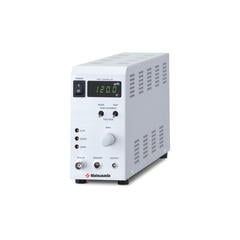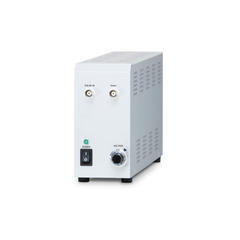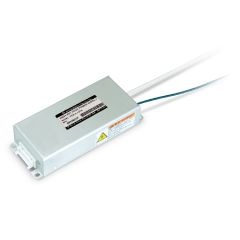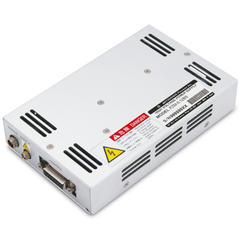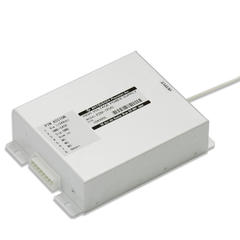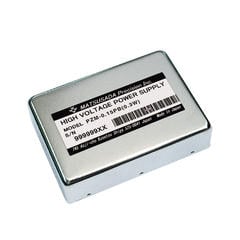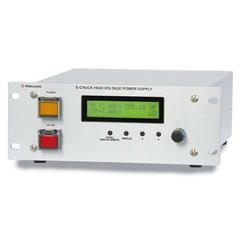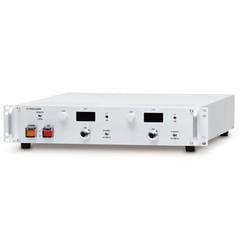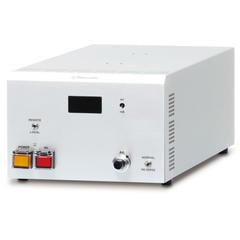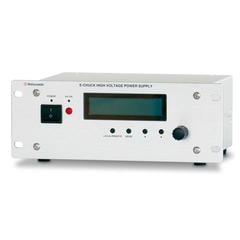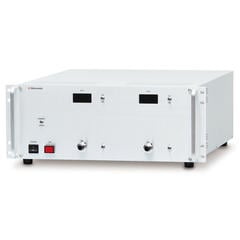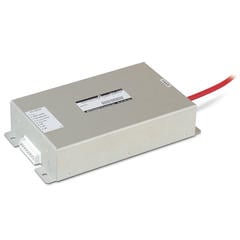Example applications
Matsusada Precision high voltage amplifiers are utilized in a variety of applications as follows:
1. Electric appliances
Development and testing of inverters and converters
Inverters and converters are used in various fields, including home appliances, industrial equipment, and the automotive sector. High-voltage amplifiers and bipolar power supplies are used for various test purposes, such as input regulation testing and efficiency measurements in electronic circuits.
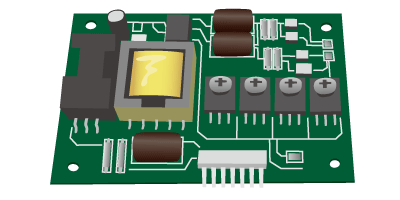
Uniform charging of the photosensitive drum (HCOR)
The drum is charged by corona discharge. The drum current at this time can be accurately controlled.
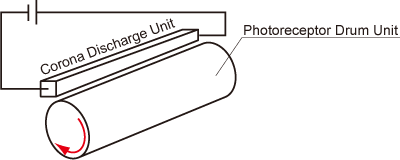
Plasma generation under atmospheric pressure
High-voltage corona discharges can generate plasma even under atmospheric pressure. It is best suited as a voltage source at this time.

Applying high voltage to electrical materials
When executing transient response tests, where they precisely modulate voltage to assess how electrical materials react to quick changes in power levels. They are pivotal in physics experiments, enabling the exploration of fundamental electrical properties under high voltage conditions.
In the field of dielectrics & ceramics, these amplifiers play a critical role by facilitating the application of high voltages to study dielectric breakdown and charge storage capabilities.
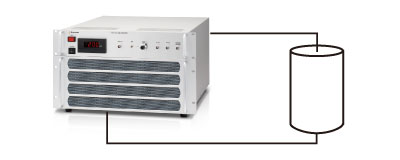
Similarly, they are instrumental in flash sintering processes, providing the controlled high voltage necessary to initiate and sustain the sintering of ceramic materials within seconds.
Furthermore, high voltage amplifiers are employed in photocatalytic material testing, where high voltage aids in simulating the effects of solar energy on photocatalytic materials, essential for the development of new solar energy applications and environmental remediation processes.
Recommended products
2. Automobiles and Vehicles
Development and testing of inverters and converters
In recent years, the supply voltage for automotive equipment has been changing from 12V to 48V. In order to respond to this higher pressure, including mild hybridization, we have been forced to redevelop various components. Other areas of increasing demand include the development of bidirectional devices (DC/DC, etc.) to improve technology for storing regenerative power from the perspective of energy conservation, etc., and noise testing (including cranking waveforms, etc.) of in-vehicle electrical components, which has increased rapidly due to the increasing use of computers in vehicles.
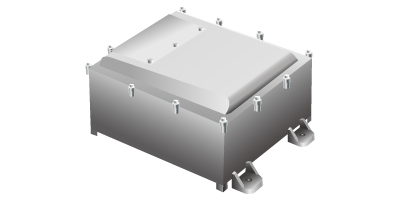
Bipolar power supplies are very suitable for noise testing, thermal testing, transient response testing, etc. of these devices. In addition, BEVs and HEVs need to be tested at high voltages. Matsusada Precision's bipolar power supplies boast a range of products that can meet these requirements.
Development and testing of magnetic materials for motors
Bipolar power supplies are also used to measure the hysteresis characteristics of magnetic materials. This is because it has a significant impact on efficiency when developing motors for EVs and other applications. To measure smoother and more accurate hysteresis characteristics, a fast bipolar power supply is required.
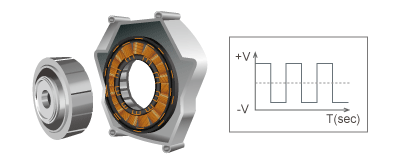
Development of current sensor and shunt resistor
As automobiles and special-purpose vehicles increasingly become HEVs and EVs, current monitoring technology is becoming increasingly important. To increase range and operating time, it is necessary to eliminate wasted current. Therefore, it is essential to improve the capability of current sensors to monitor the current from the battery to various devices accurately. Bipolar power supplies are suitable for evaluating current sensors' accuracy, response time, and temperature.

Development and evaluation of motors and peripheral equipment
When a motor is evaluated using a general variable power supply, the power supply can be damaged by back EMF depending on the evaluation details. Therefore, until now, motors have been developed and evaluated using a combination of electronic loads and variable power supplies. A bipolar power supply can provide four-quadrant output, so there is no need to combine electronic loads.
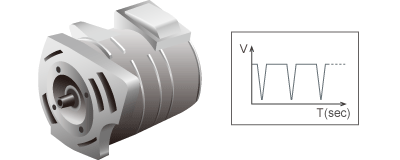
However, due to the lack of a high power bipolar power supply, only motors with low power ratings could be tested.
Matsusada Precision has developed a compact, high-power bipolar power supply that can test even the most powerful motors.
Recommended products
3. Piezo drivers
Piezo drivers, high voltage piezo amplifiers can provide stable drives for piezoelectric actuators. Piezo elements are capacitive, so to drive them optimally they require an amplifier-type power supply that can absorb electrical power as well as the output of a standard programmable DC power supply. In addition, if you want to drive the piezo actuator device at a high speed position change, not only responsiveness but also more output current is required. Low speed position changes require only low current. All that is needed to maintain position is to compensate for very low leakage current, even when the load is very high. Therefore, power consumption is also low.
Benchtop type
Matsusada Precision's benchtop high voltage piezo amplifiers are crafted for precise control over piezo actuators with a maximum output of ±300V. They provide a robust current rating, capable of delivering up to 0.75A continuously and peaking at 2.0A, ensuring rapid response across a broad frequency range for various load conditions. These amplifiers are suited for both open-loop and closed-loop control, accommodating the dynamic needs of piezo-driven applications with efficiency and reliability.
Recommended products
Module type
Matsusada Precision's module type high voltage piezo amplifiers offer a compact and flexible solution for precision driving of piezo elements. These amplifiers provide output voltages up to +1kV and currents up to 100mA, suitable for various load conditions. Their rapid response capabilities, reaching up to 20kHz for resistive loads and up to 300Hz for capacitive loads, make them ideal for applications requiring fast and accurate piezo actuation.
Recommended products
4. Electrostatic chuck (E-Chuck)
Matsusada is pleased to present our Electrostatic Chuck (E-Chuck) series of High Voltage Power Supplies. Based on customer feedback, we recognized a considerable need for smooth and reliable chucking and wafer release in the Semiconductor, OEM, and R&D marketplaces. As a leader in the global High Voltage market for over 35 years, Matsusada has responded to this demand by designing a line of highly reliable E-Chuck power supplies. A wide range of outputs and a long list of standard and optional features are available to satisfy all of your productivity requirements.
Bipolar output
Matsusada Precision's bipolar output electrostatic chuck power supplies are adept at delivering a seamless transition from negative to positive voltage, with reversible polarity output configurations. These power supplies range from ±500V to ±7.5kV with power outputs between 4W and 10W for dual outputs, and extend up to ±10kV with power options of 6W, 10W, and 30W for more demanding applications.
Reverse output
Matsusada Precision's bipolar output electrostatic chuck power supplies are adept at delivering a seamless transition from negative to positive voltage, with reversible polarity output configurations. These power supplies range from ±500V to ±7.5kV with power outputs between 4W and 10W for dual outputs, and extend up to ±10kV with power options of 6W, 10W, and 30W for more demanding applications.
Points to Consider When Selecting a High Voltage Amplifier
Selecting the right high voltage amplifier involves careful consideration of several technical parameters. Understanding the interplay between slew rate, output voltage, and output power is crucial to matching the amplifier to your application's specific needs. These considerations will guide you in ensuring high fidelity signal processing and efficient power management for optimal performance.
1. Slew rate
Slew rate is the rate of change an amplifier can accommodate in the input without distorting the output signal. It's typically measured in Volts per microsecond (or another unit of time). Another way to look at it is that it's the maximum range of voltage change that can happen in an amplifier's output, but it shouldn't be confused with its output. Slew rate is an important factor, especially when you are dealing with a rapidly changing signal (input) because if it's not enough, there will be a loss of fidelity as the output will not be an exact replica of the input. A good slew rate is important for high-frequency signal processing use cases (like particle physics). High-voltage amplifiers typically require (and have) a high slew rate. The slew rate is also connected to the gain of an amplifier. If the gain is too high and the output signal is amplified by a significant margin compared to its output, the input-to-output variation will be more difficult to accommodate, and a higher slew rate may be necessary to ensure there is no distortion at the higher end of the amplifier output range.
2. Output voltage
Output voltage is one of the primary considerations when selecting a high-voltage amplifier because it should match your amplification requirements/needs. In addition to considering the output voltage range, which tells you how little to how much you can amplify your voltage signal, you should also consider other elements like four-quadrant output, which may be more useful for capacitive loads. You should also consider it from the load's perspective.
3. Output power
The output power should be enough to drive the load effectively, and it should be well within the rated power range. Output power should be considered in the context of over and underpowering. When it comes to capacitive loads, the phase margin should be taken into account. Capacitive loads can introduce additional phase shifts into the system, and if the tolerances are too constrained and this additional phase shift is not taken into consideration, signal instability may occur. A higher output power can also enhance the overall efficiency of the overall circuit/system, leading to a better signal-to-noise (SNR) ratio and better dynamic range. It also has an impact on signal distortion, especially if you are choosing a maximum power output rating that's quite close to your regular requirement. The input wave requirement, for which the amplifier is being considered, should also be taken into account, as the output power can impact several crucial factors like impedance matching, signal level matching, and sensitivity.
4. Capacitive Load
Knowing the capacitance of the load is very important for high voltage amplifiers. When driving a capacitive load with a high voltage amplifier, the capacitance of the load must be known in advance. Based on the capacitance of the load, the waveform and its bandwidth, calculate whether a suitable output can be obtained. If an amplifier with a low slew rate is used to drive a capacitive load, it may not be possible to obtain an output waveform that follows the input waveform.
FAQs
What is the difference between a power amplifier and a voltage amplifier?
A voltage amplifier enhances/amplifies lower input voltage into a higher output voltage by multiplying a factor called gain. So, a voltage amplifier with a gain of 50 can enhance the 12 V input signal to a 600 V output signal. A power amplifier, on the other hand, amplifies both voltage and current to enhance the overall output power compared to input power.
Both voltage and power amplifier circuits rely upon transistors, albeit with different characteristics and circuit configurations. Transistors used in voltage amplifiers usually have a high current gain and rely upon RC coupling. Power amplifiers usually rely upon transformer coupling. Voltage amplifiers can work with signals as low as a few mVs, whereas power amplifiers need a relatively more powerful signal, at least a couple of volts. Voltage amplifiers usually have high input impedance and low output impedance, whereas power amplifiers often have low input impedance and low output impedance.
What is the difference between high voltage and high amperage?
High voltage is when there is a much higher potential for electric charge to flow because the voltage, i.e., a potential difference, is high. High amperage is when a higher number of electrons/more electric charge moves through a conductor. We can compare it to a pipe connected to a water tank. If the tank is placed in a higher position, the water will start flowing through the pipe at a faster pace (high voltage). Similarly, if we increase the size of the pipe without raising the tank's height, more water will start flowing through the pipe (high amperage).
Both high voltage and high amperage have different use cases. Apart from power transmission, high voltage is also useful in inverter/converter development and testing, as well as magnetic field generators. High amperage is useful in certain use cases, including amplifiers, but since it comes with challenges like overheating, the costs of such components/devices may be higher.




